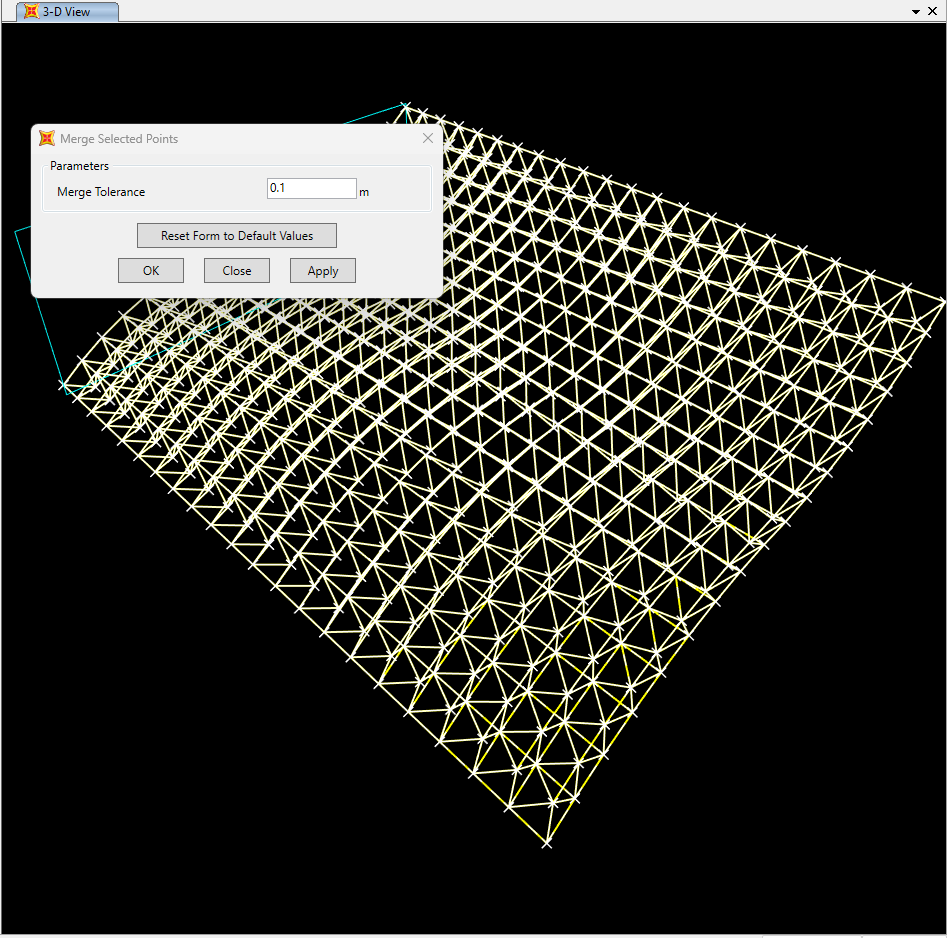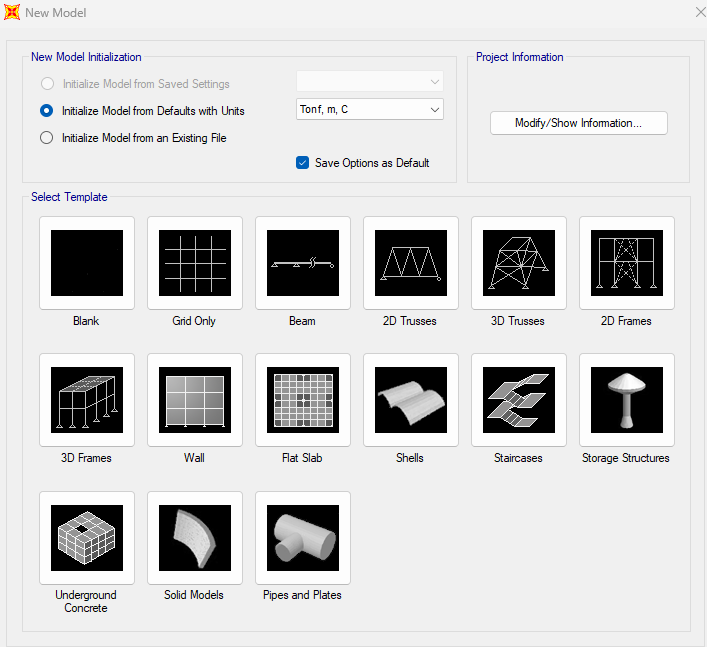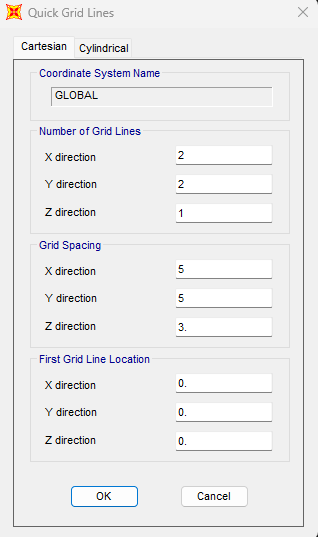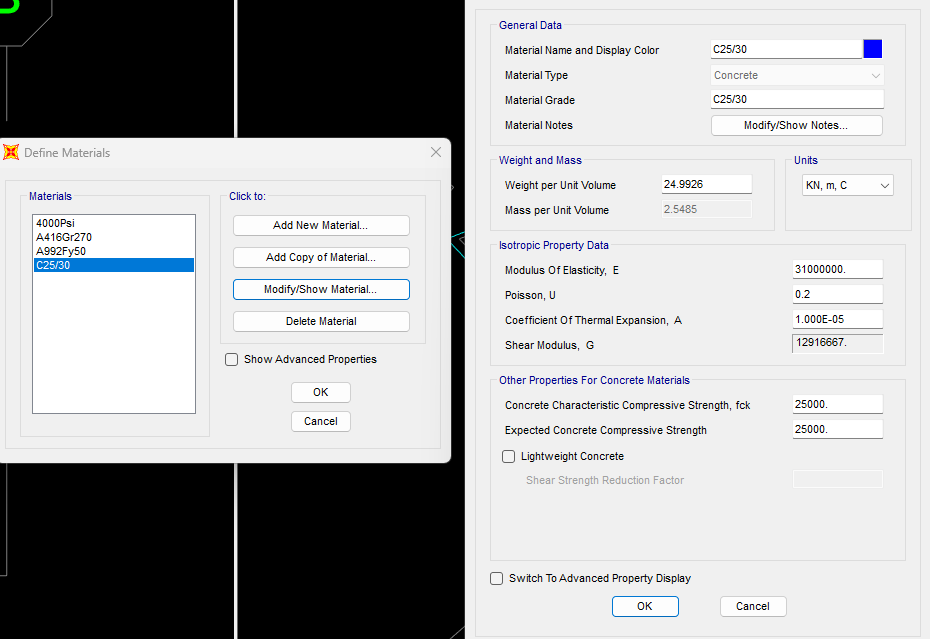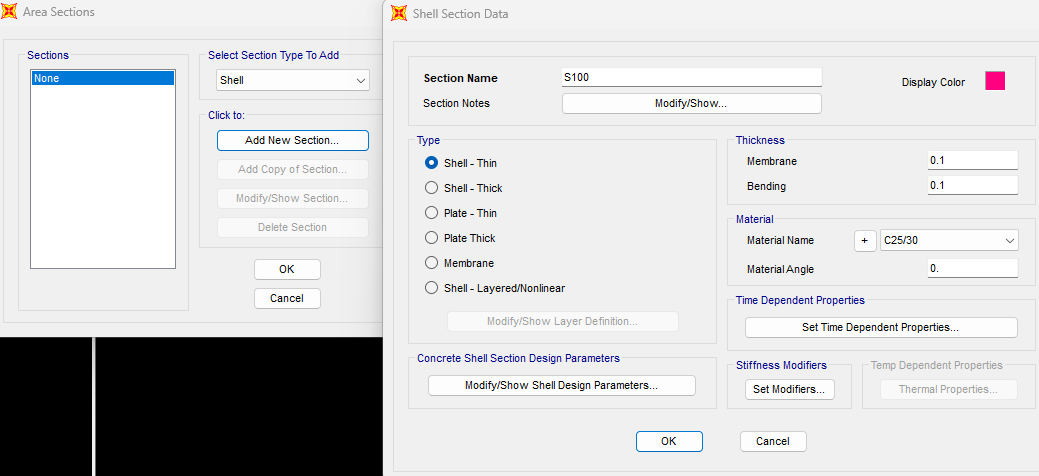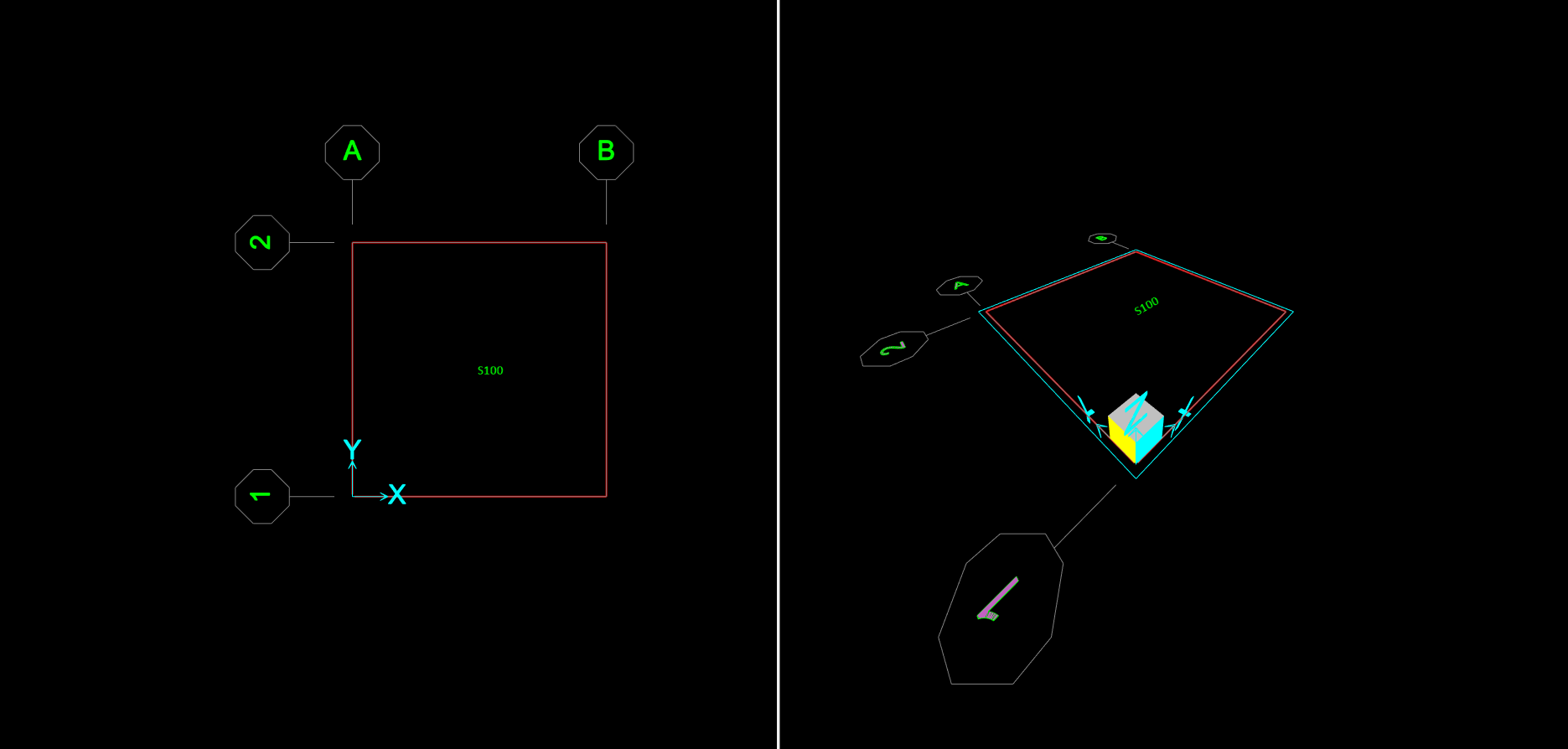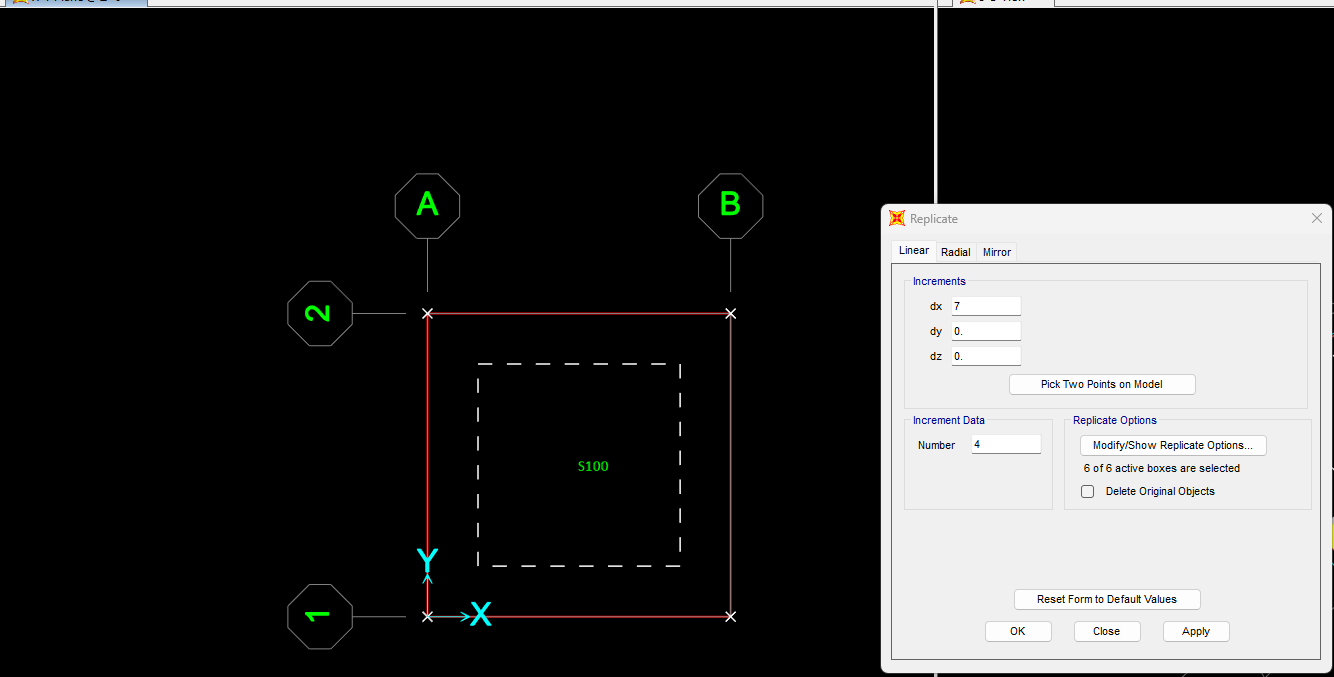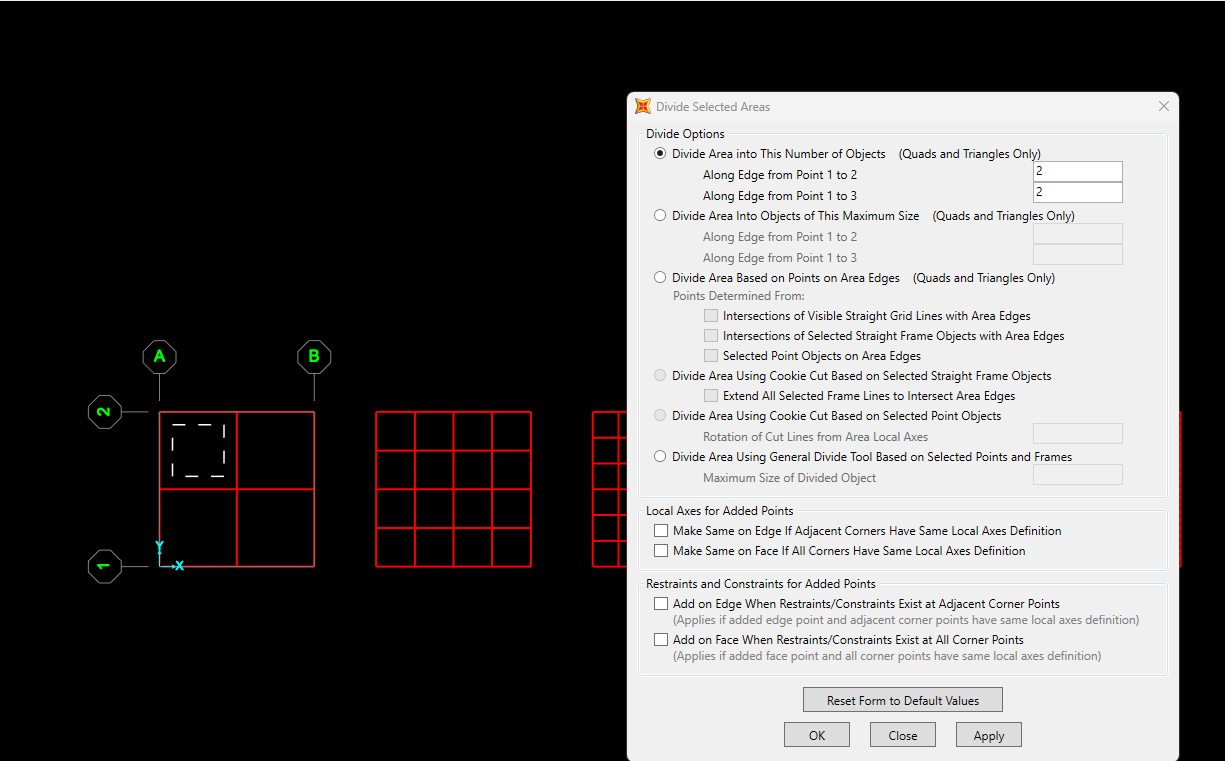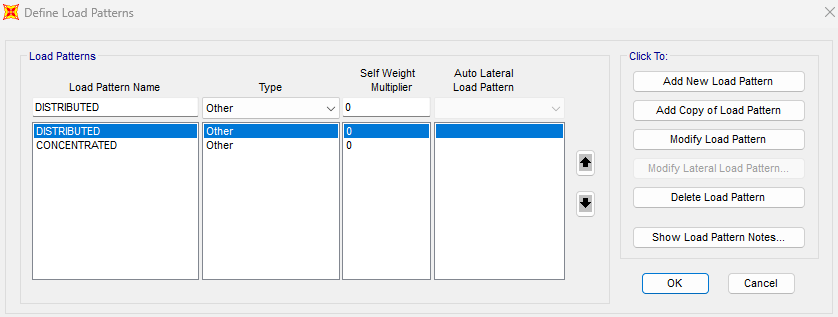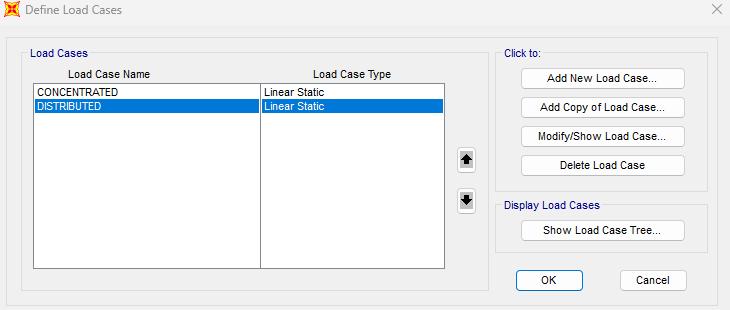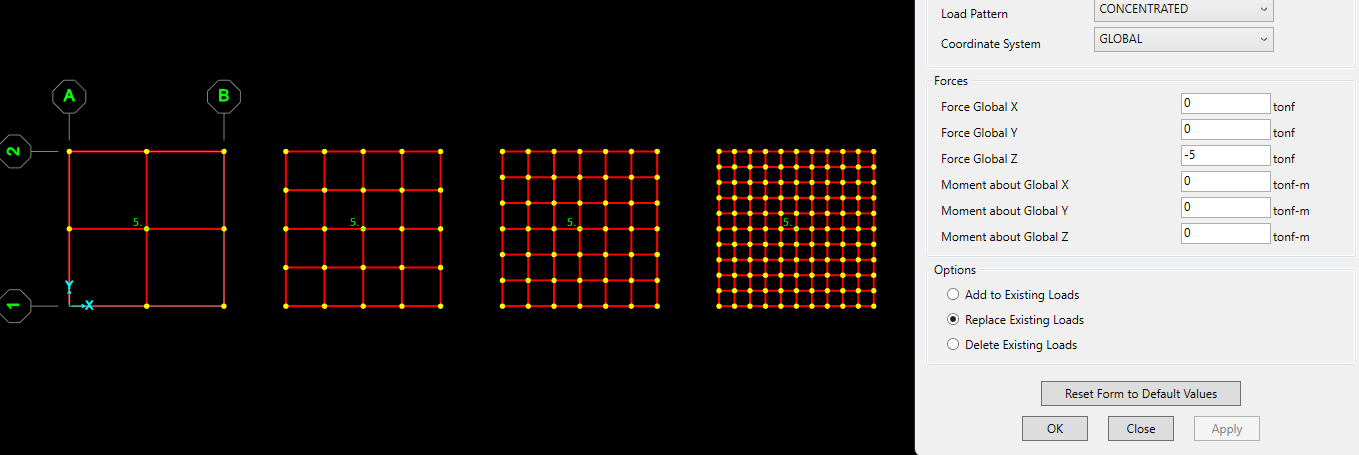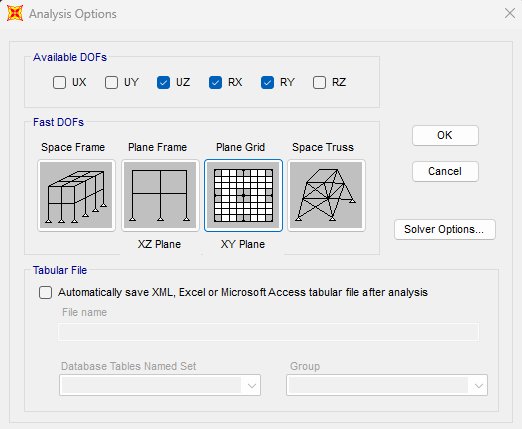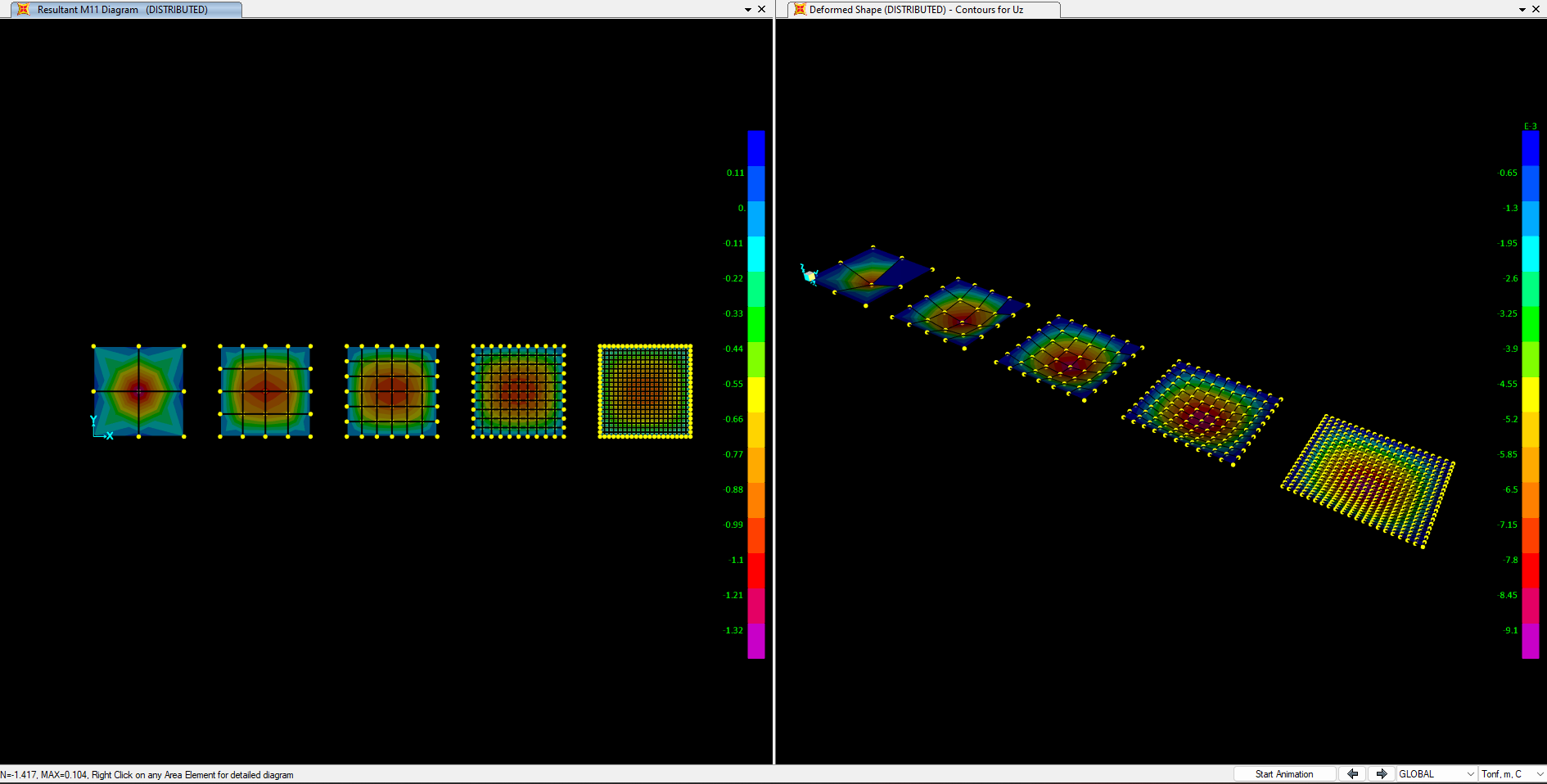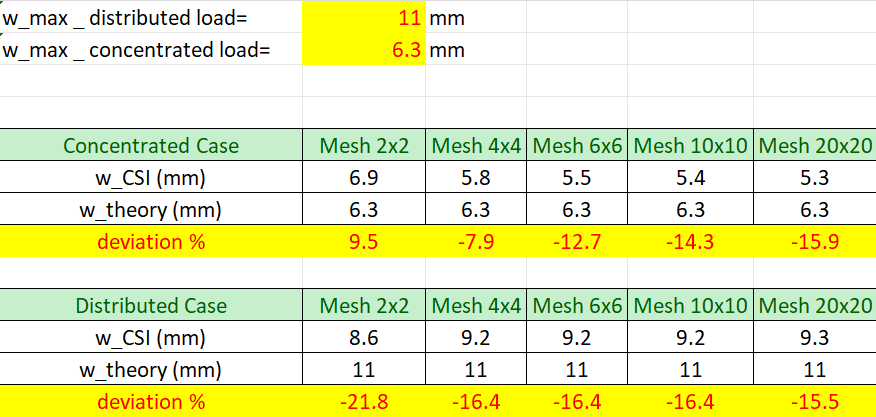TOPIC 1 - CURVED 3D STRUSS
1/ Initialize the model from the grid only to draw a basic pyramid.
Assumed this pyramid represents a crystal with regular bars 2m long, the pyramidal height is 2^(1/2) ~ 1.4142m.
Create a pyramid shape by drawing the first 2 bars and then the radial rotation of these two bars.
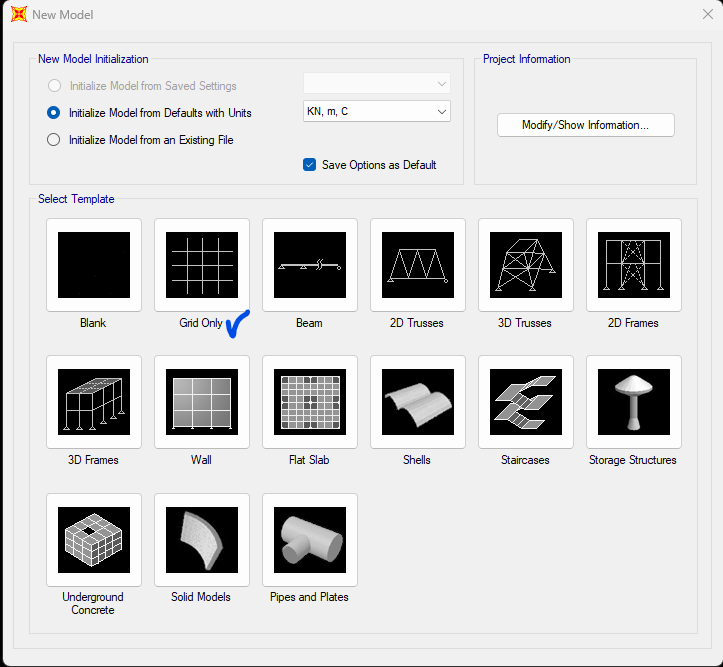
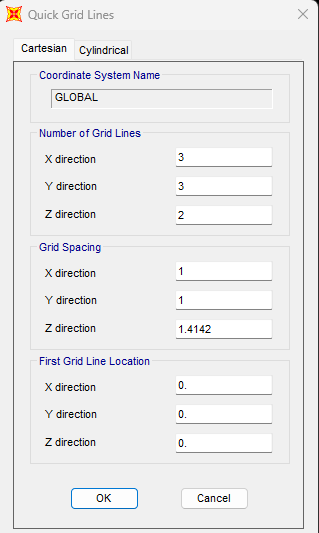
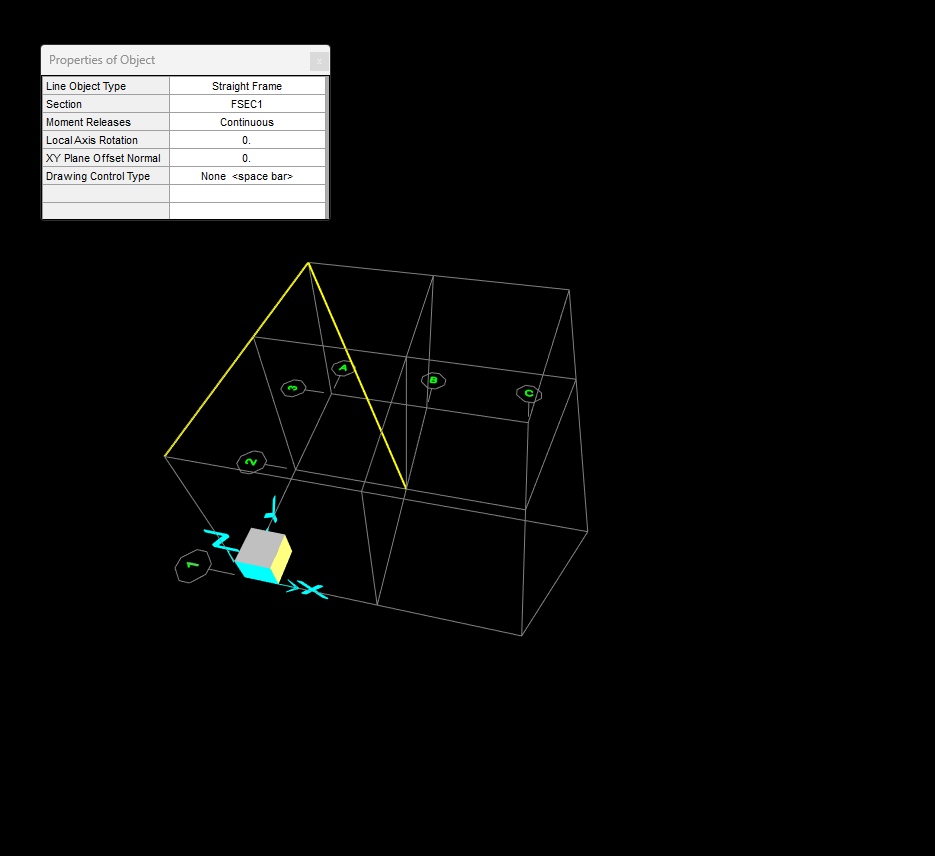
2/ Select 2 bars. Edit -> Replicate -> Radial parameters: Rotate about line Parallel to Z: X=1, Y=1; Number =3; Angle =90
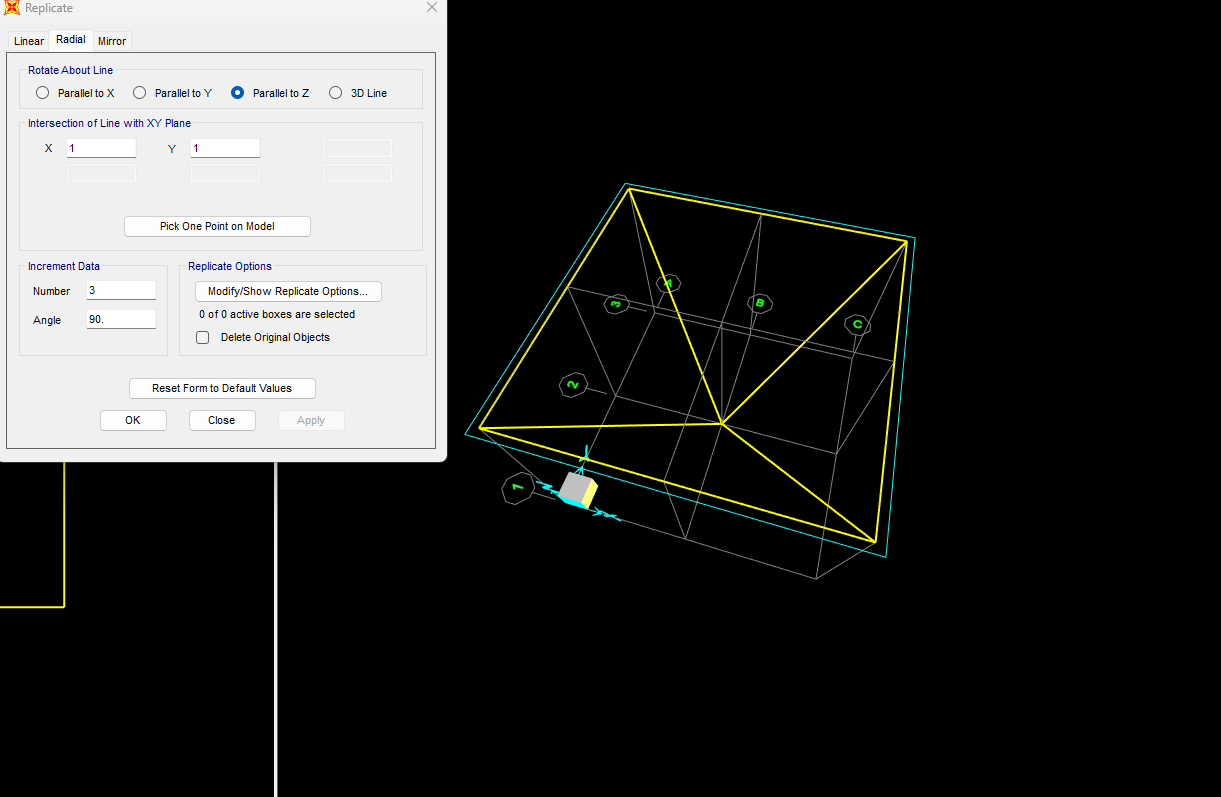
3/ Select the basic pyramid, clone the radial to create 8 more pyramids towards the left. Then the lower wing bar connects the basal pyramid to the pyramid next to it and then clones the 7 bars.
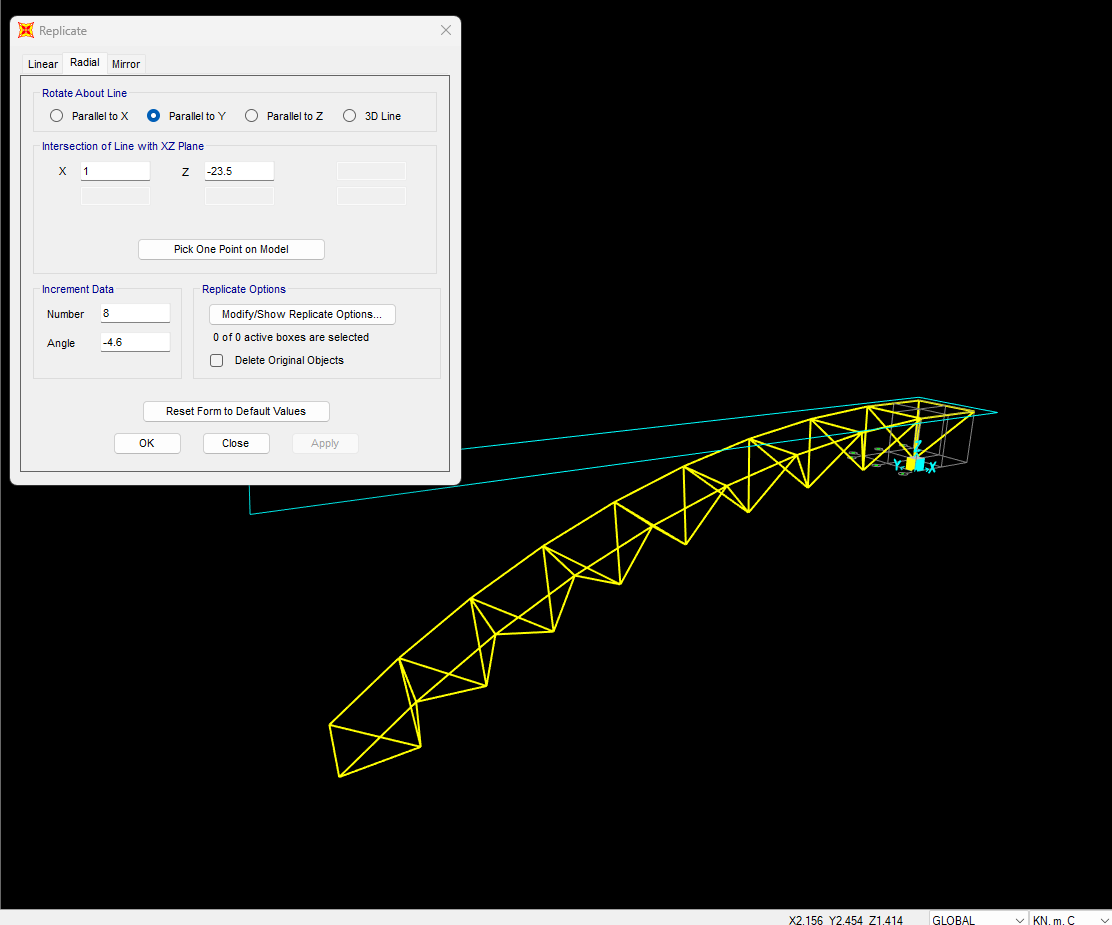
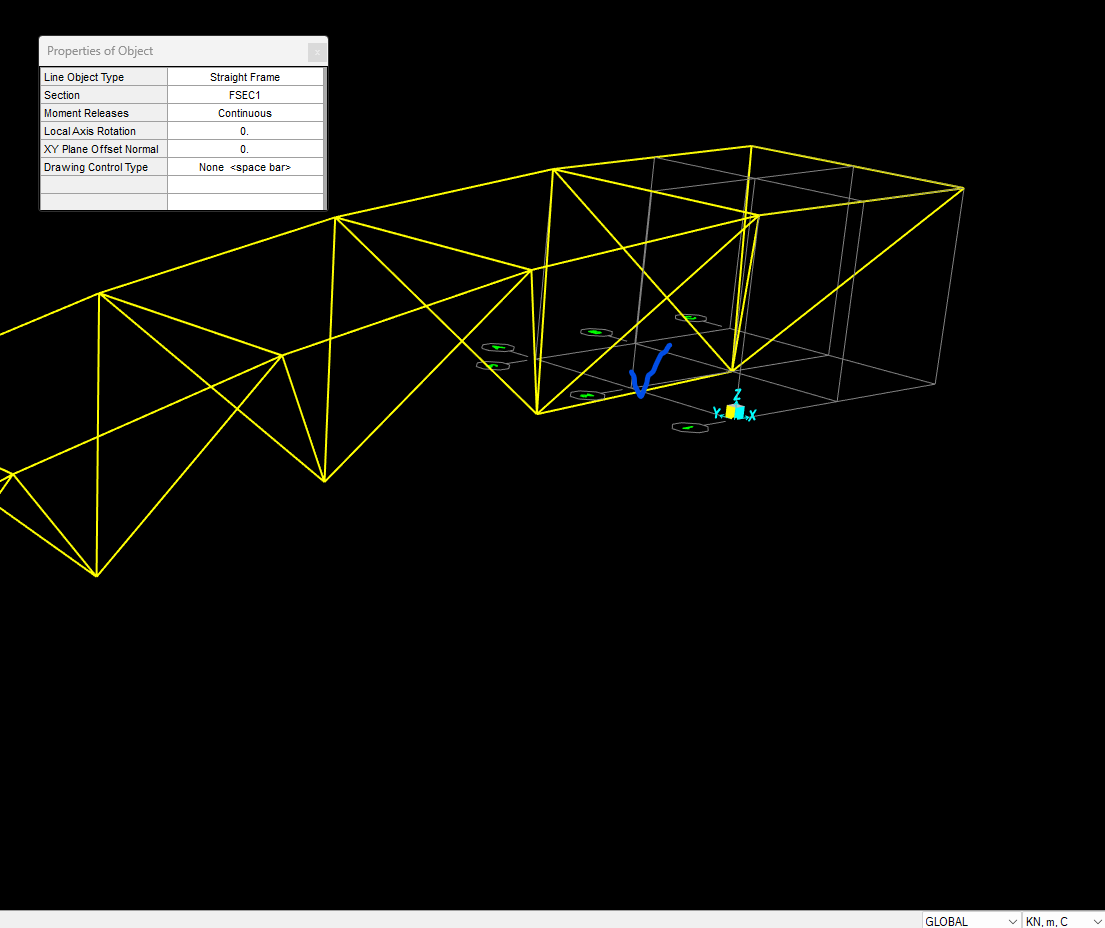
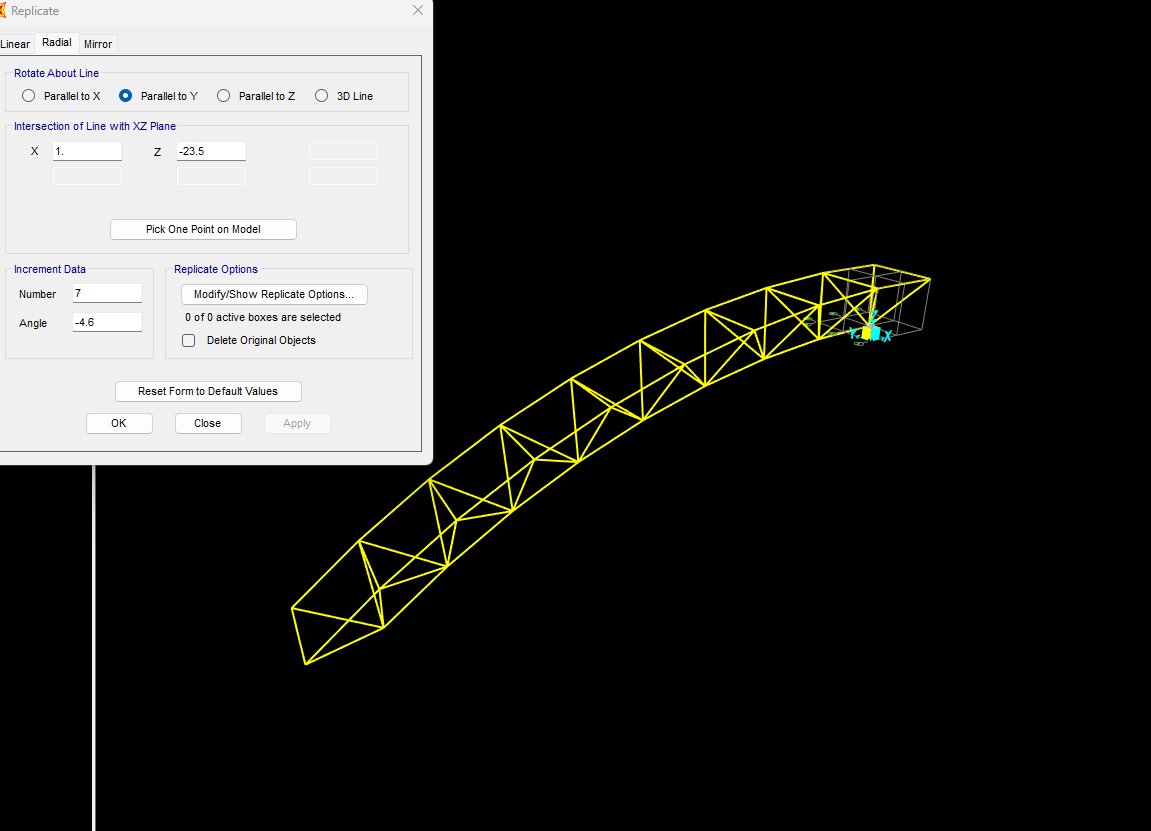
4/ Again to select the basic pyramid, clone the radial to create 8 more pyramids towards the right.
Then the lower wing bar connects the basal pyramid to the pyramid next to it and then clones the 7 bars.
Replicate Linear Y to create curved 3D struss.
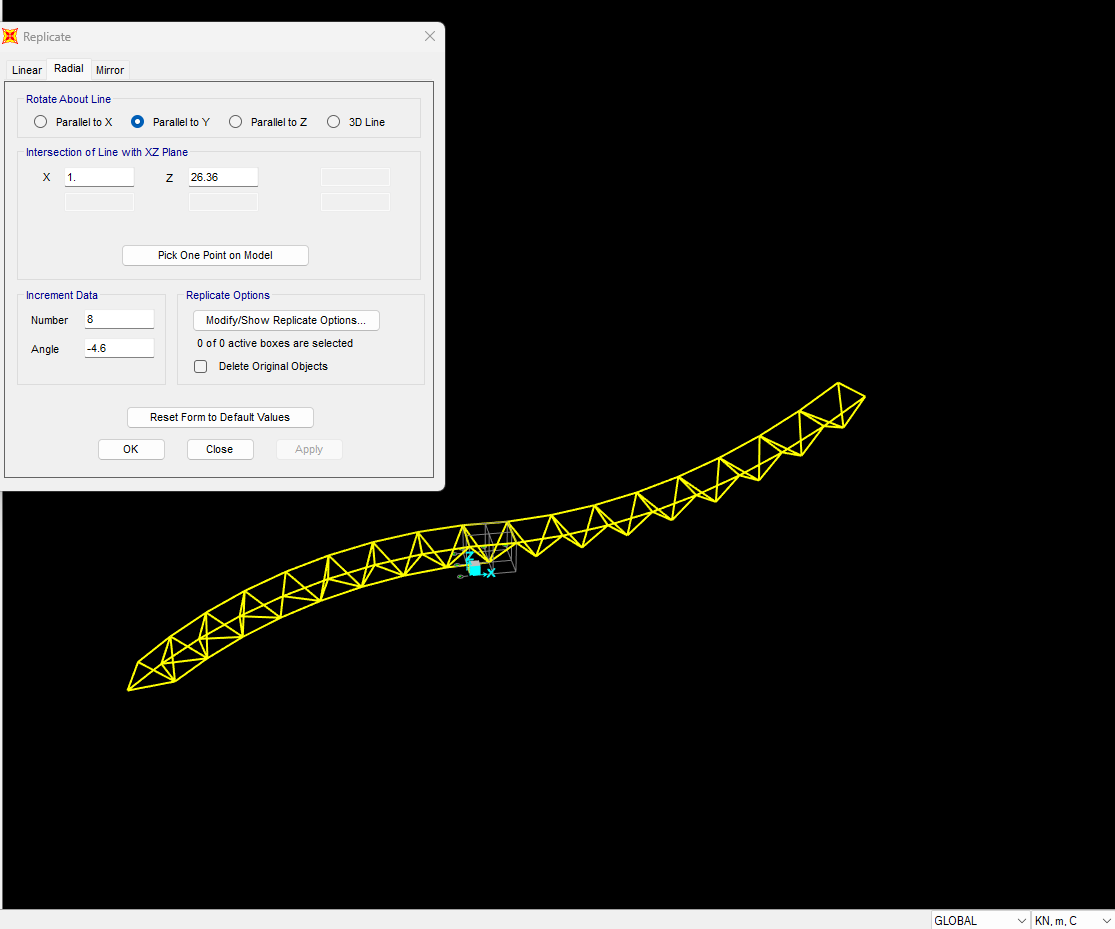
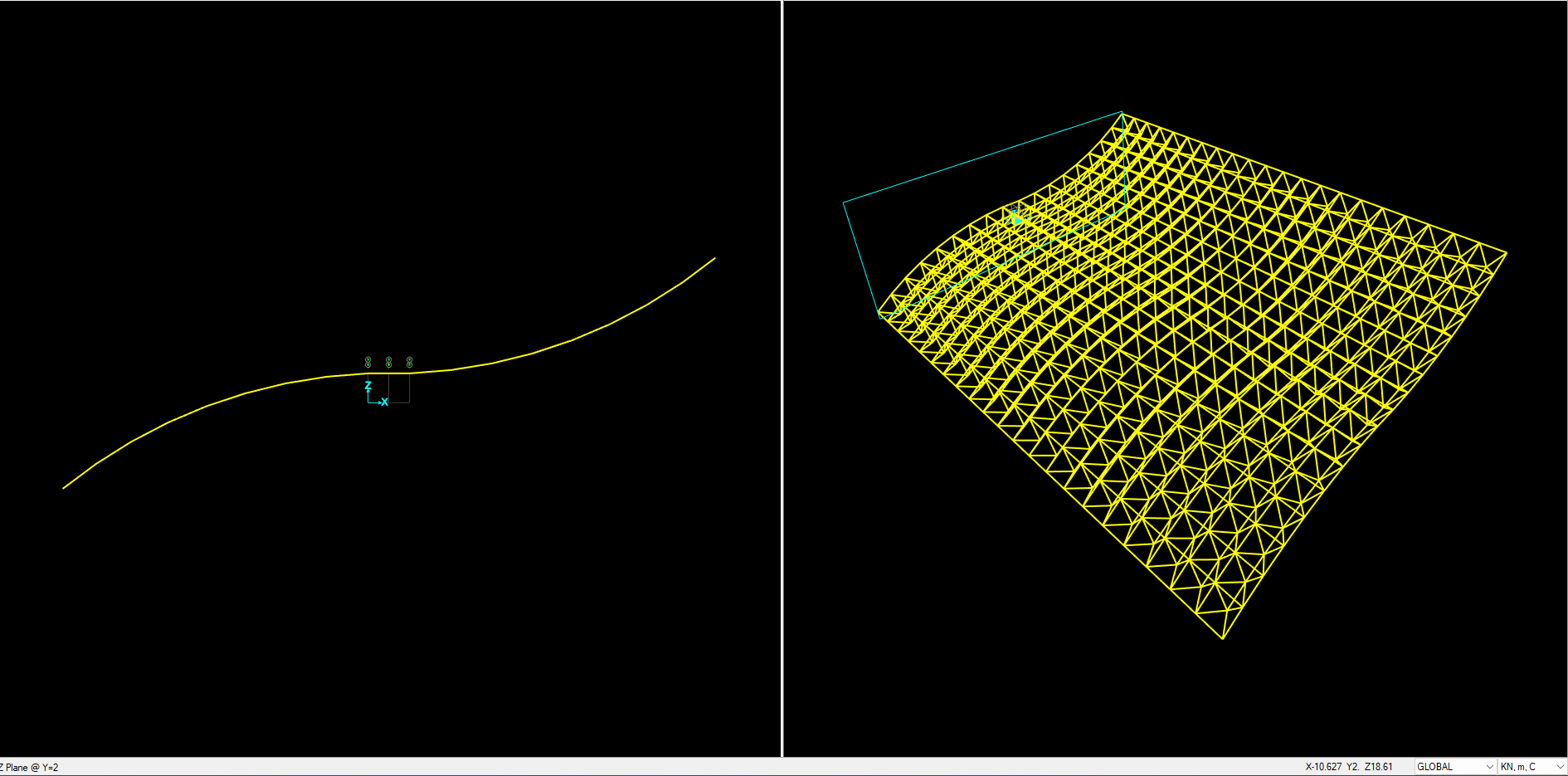
5/ Select all -> Edit -> Merge Joint -> OK
